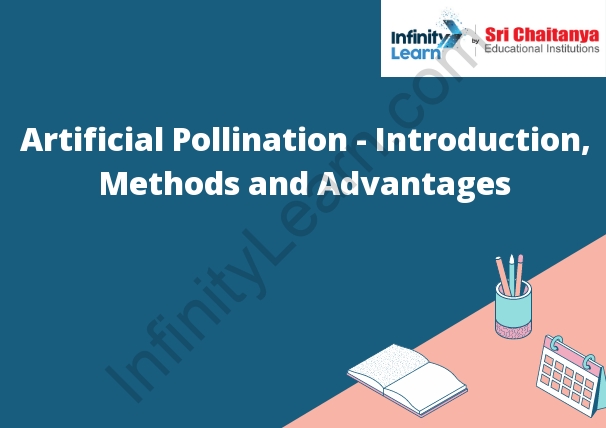Table of Contents
Introduction to Pollination
Pollination is the process by which pollen from the male anther of a flower is transferred to the female stigma of a flower. This can be done by wind, insects, or other animals. Pollination is necessary for the fruit and seed production of flowering plants.

The Process of Artificial Pollination
- Artificial pollination is the process of transferring pollen from the male anther of a flower to the female stigma of the same or another flower. This can be done by hand with a small brush, or with an instrument such as a turkey baster.
- Pollination is the process of transferring pollen from the male organ or stamen of a flower to the female organ or pistil of a flower. This process is necessary for the fertilization of the ovules and the production of seeds. Pollination can be accomplished by wind, water, or animals.
- Pollination by wind is the most common type. Pollen is released from the male organ and carried by the wind to the female organ. Pollination by water is rare but can occur when pollen is released from a flower and carried by rain or water to the female organ. Pollination by animals is accomplished when the pollen is transferred from the male organ to the female organ by contact with the animals body. This can happen when the animal brushes against the flowers or eats the fruits.
- The process of artificial pollination is accomplished by manually transferring pollen from the male organ to the female organ. This is commonly done with a brush or a cotton swab.
Method Involved in Artificial Pollination
- Pollination is the transfer of pollen from the male organ or stamen of a flower to the female organ or pistil of a flower. This process is necessary for the fertilization of the ovules and the production of seed. There are two main types of pollination: natural and artificial.
- Natural pollination is the process that occurs in the wild, and is done by the wind or by animals, such as bees. Artificial pollination is the process of transferring pollen from the male organ of one flower to the female organ of another flower, and is done by humans. There are two main methods of artificial pollination: hand pollination and machine pollination.
- Hand pollination is the process of transferring pollen from the male organ of one flower to the female organ of another flower, by hand. This is done by removing the petals of the flowers, and then using a brush to transfer the pollen from the stamen of one flower to the pistil of the other flower. hand pollination is used to cross-pollinate two different plants, in order to produce a hybrid plant.
- Machine pollination is the process of transferring pollen from the male organ of one flower to the female organ of another flower, using a machine. This is done by removing the petals of the flowers, and then using a vacuum to transfer the pollen from the stamen of one flower to the pistil of the other flower. machine pollination is used to pollinate the flowers of the same plant, in order to produce more flowers or fruit.
Advantages of Artificial Pollination
There are many advantages to using artificial pollination over natural pollination. One of the most obvious benefits is that it can be done more efficiently and can be directed more specifically to the plants that need it. In addition, it can be done regardless of the weather conditions, which can be a major limitation for natural pollination. Artificial pollination can also be used to help overcome pests and diseases that may affect the natural process.
1. It is a more efficient way of pollinating crops as it can be done mechanically.
2. It can be done more quickly than natural pollination.
3. It can be done more accurately than natural pollination.
4. It can be done more cheaply than natural pollination.







